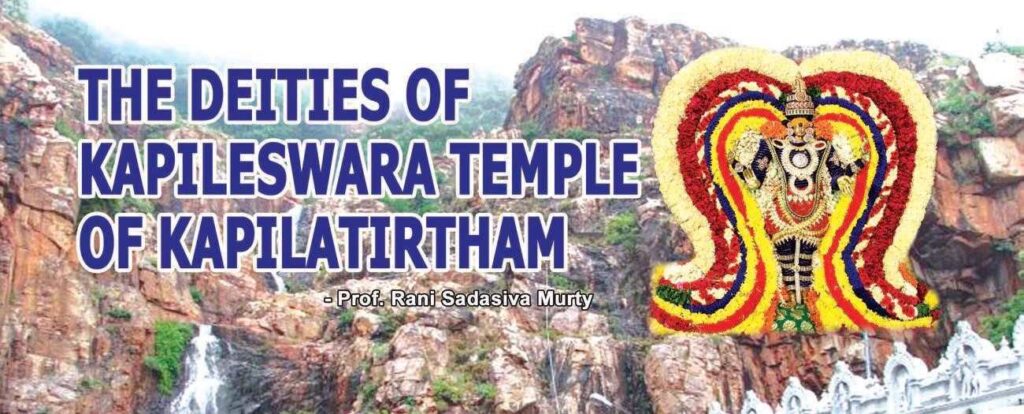Deities of Sri Kapileswara Swamy Temple The holy Kapila Tirtham is known to have had its first appearance in this region of Seven Hills in an unknown past in the chain of many Mahayugas before the present Kali Yuga. It is because of the fortune and pride of the inhabitants of Tirupati. The Kapila Tirtham Read More
Ads Blocker Detected!!!
We have detected that you are using extensions to block ads. Please support us by disabling these ads blocker.

